THIS PUBLICATION IS ALL about wide-format printing, but many readers didn’t start out in this business. In fact, stories abound of commercial or offset printers essentially falling into wide-format when customers start asking for it.
In other cases, the shift is more deliberate, spurred by opportunities recognized in new technologies and capabilities. Here are four examples:
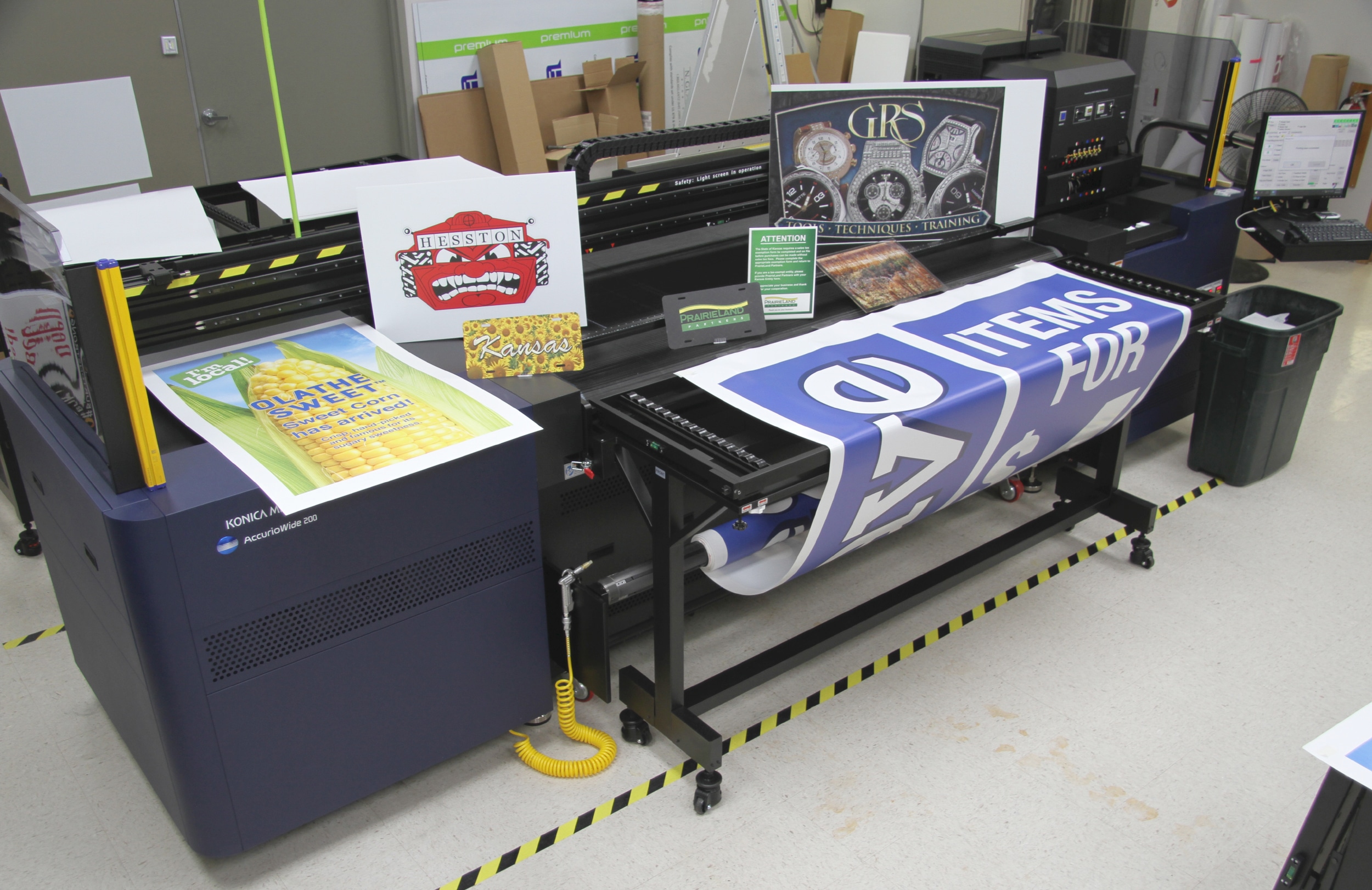 Hesston Prestige Printing’s first wide-format printing machine reportedly remains as busy as ever.
Hesston Prestige Printing’s first wide-format printing machine reportedly remains as busy as ever.
From Side Hustle to Core Competency
Hesston Prestige Printing was no stranger to wide-format work when the opportunity arose to expand its capabilities in 2019. At the time, leadership had been eager to diversify, and the numbers justified an investment in newer equipment. However, no one could anticipate the full extent of the change wrought by the new printer and complementary cutter. “These machines have transformed our shop from printing and copying to a wide-format business,” says Norman Critchfield, owner.
Founded in 1992 in Hesston, Kansas, Hesston Prestige Printing built its reputation on business cards, stationary, advertising, and other commercial print services. Until recently, wide-format work was more side hustle than core competency, consisting largely of banners and decals produced on a 54-inch roll-to-roll machine. “We only outsourced a few jobs,” Critchfield says. “We didn’t really promote what we couldn’t print in-house.”
The new printer, a Konica Minolta AccurioWide 200, provided the opportunity to promote capability that was new not just to Hesston Prestige Printing, but also to customers. “We were the 10th install of the Accuriowide for Konica Minolta,” Critchfield says. “A big part of the decision to go with this machine was the speed, quality of printing, the size we could print, and that we could get local service.”
Within just a few months, demand for the new service drove the company to double down. “It became very apparent that to utilize the machine more efficiently we would need to add a cutter,” Critchfield recalls about the addition of the Colex Sharpcut SX1732.
Less than five years later, wide-format printing now accounts for roughly 45 percent of the company’s business, versus less than 15 percent before. “What customers ask for has changed,” Critchfield adds. “Before they would come in to get their copies/print and ask, can you do banners too? Now they are ordering signs and asking if we can do their forms also.”
Advertisement
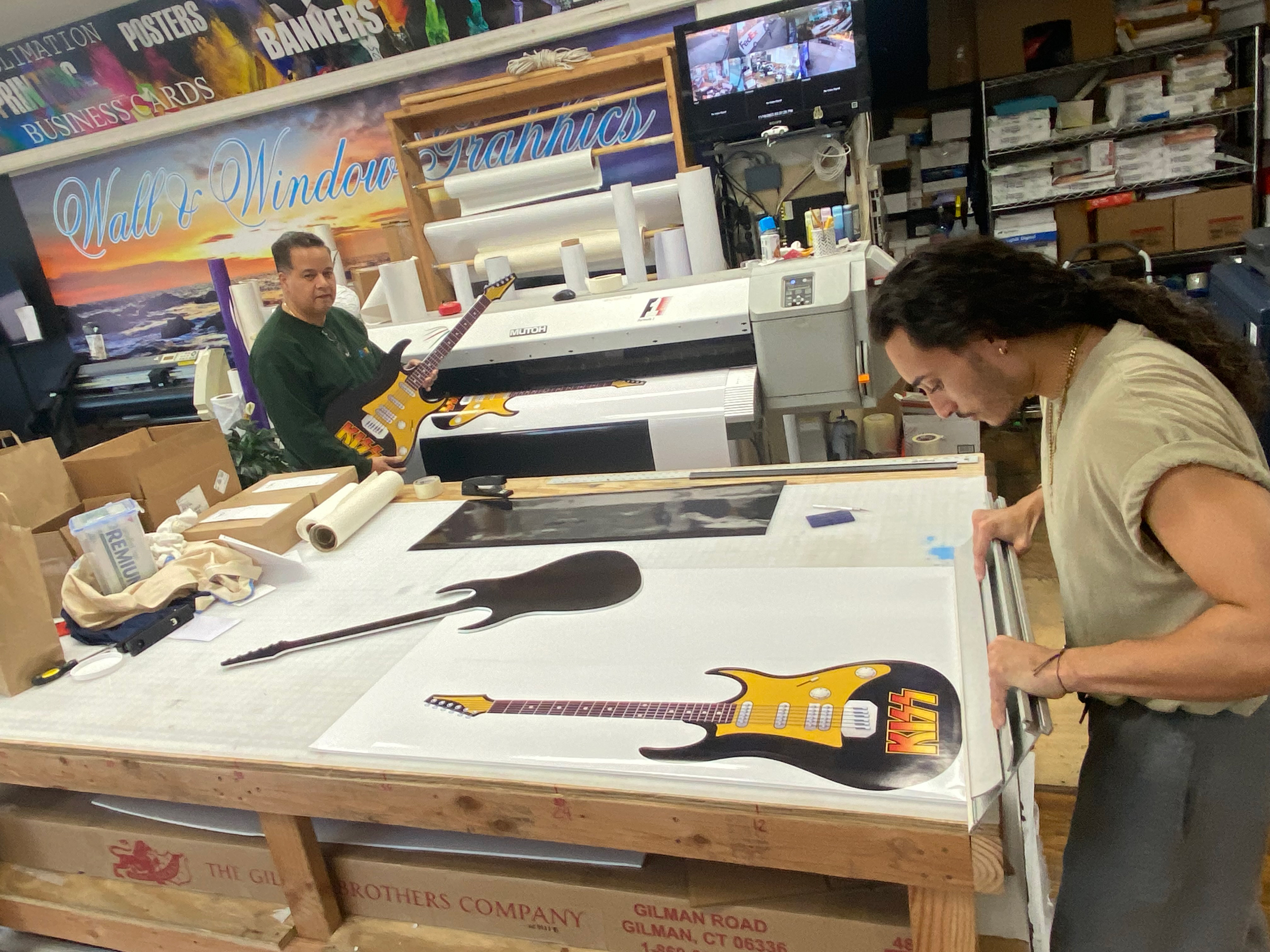 Tommy Melendez shows off a printed and contour-cut KISS-themed guitar for a birthday party.
Tommy Melendez shows off a printed and contour-cut KISS-themed guitar for a birthday party.
Wide Open Opportunity
Tommy Melendez likes to say “yes.” In fact, he says the growth of his business, Master Graphics NYC in New York, can largely be credited to continually saying “yes” to customer requests for different kinds of work.
Melendez got his start in the industry with a copy business in 1976. After expanding into commercial printing, he specialized particularly in carbon copy forms, but a growing reputation soon led customers to ask for more. “They’d have a weekend birthday party coming up or something, and they’d ask if I could do a banner. We’d always say ‘sure!’ — even if it meant just finding a place to outsource it to,” he says.
In 2008, Master Graphics purchased its first wide-format printer: a 48-inch Mutoh ValueJet 1204. By that point, Melendez had been outsourcing between $1,200 and $1,500 per week on wide-format work, particularly backdrop banners for photo shoots. “It just didn’t make sense to send it out anymore,” Melendez says.
However, Melendez still wasn’t satisfied. By 2012, he says, about half of requested wide-format work was still being outsourced. That year, he replaced the 48-inch printer with a larger Mutoh Valuejet 1624X, which offers a 64-inch printing area. Along with the team’s growing knowledge of media, inks, and print settings – for instance, how to set up for gloss vinyl versus matte vinyl – the new machine set the stage for further wide-format growth.
Wide-format printing is far from the only example of Master Graphics doing whatever it takes to say “yes,” then building its in-house capabilities to serve customers better. Other pivot points over the years include screen printing, dye sublimation, embroidery, and most recently, direct-to-film (DTF) apparel decoration, all crammed into roughly 2,000 square feet of space at Master Graphics NYC’s facility in the Bronx. The four-employee company continues to provide commercial printing and copying services as well. However, banners, signage, wall and window graphics, and other wide-format jobs have grown to account for approximately 70 percent of business, Melendez says.

A Cut Above
Have you ever used a screwdriver to open a can of paint? Jeff Bittner, president of a Chicago-area AlphaGraphics franchise, says similar thinking about the tools at his disposal has been a major driver of the shop’s growth and diversification into new applications. “If your job is to hammer nails into wood but you don’t have any nails, you’ll find something else to do with that hammer,” he says. “We’re always looking at what we can do with the tools we have.”
This thinking proved its worth in 2019, when Bittner and crew made what he characterizes as an unusual move: purchasing a flatbed cutter before purchasing a flatbed printer. His sights were set firmly on signage, and he reasoned this approach would be the best way to break in.
After all, the franchise already had plenty of printers. Although none of this equipment was designed for rigid sign substrates, he nonetheless saw a way to apply it beyond the paper business cards, manuals, and other standard work for AlphaGraphics Wood Dale. In contrast, the company had nothing on-hand like the Colex Sharpcut digital cutter. Even without a complementary flatbed printer, this flatbed cutter would enable AlphaGraphics Wood Dale to pursue sign work even as demand for commercial print declined and other pandemic-stricken businesses began to slow and shutter.
Advertisement
 For AlphaGraphics Wood Dale, wide-format cutting came before wide-format printing.
For AlphaGraphics Wood Dale, wide-format cutting came before wide-format printing.
Granted, the process wasn’t perfect. One of the first jobs was a “must be this tall to ride” sign for a water slide. The new cutter enabled cutting the aluminum material to the desired, 8-tentacled profile. The graphics, meanwhile, were printed on the company’s existing equipment onto vinyl that was then cut to shape. “This is not something most people would recommend, but you work with what you’ve got,” Bittner says.
Eventually, cutting capability brought in enough work to justify the expense of a matching flatbed printer: an EFI Pro 16H. Now with capability to print directly on substrates, saving significant time as well as the cost of vinyl rolls that are no longer necessary, the company is pursuing sign work in earnest. “I always thought you could make a case for having a cutter before a printer if you have the right mix of work,” Bittner says. “Now we keep both of them running all the time.”
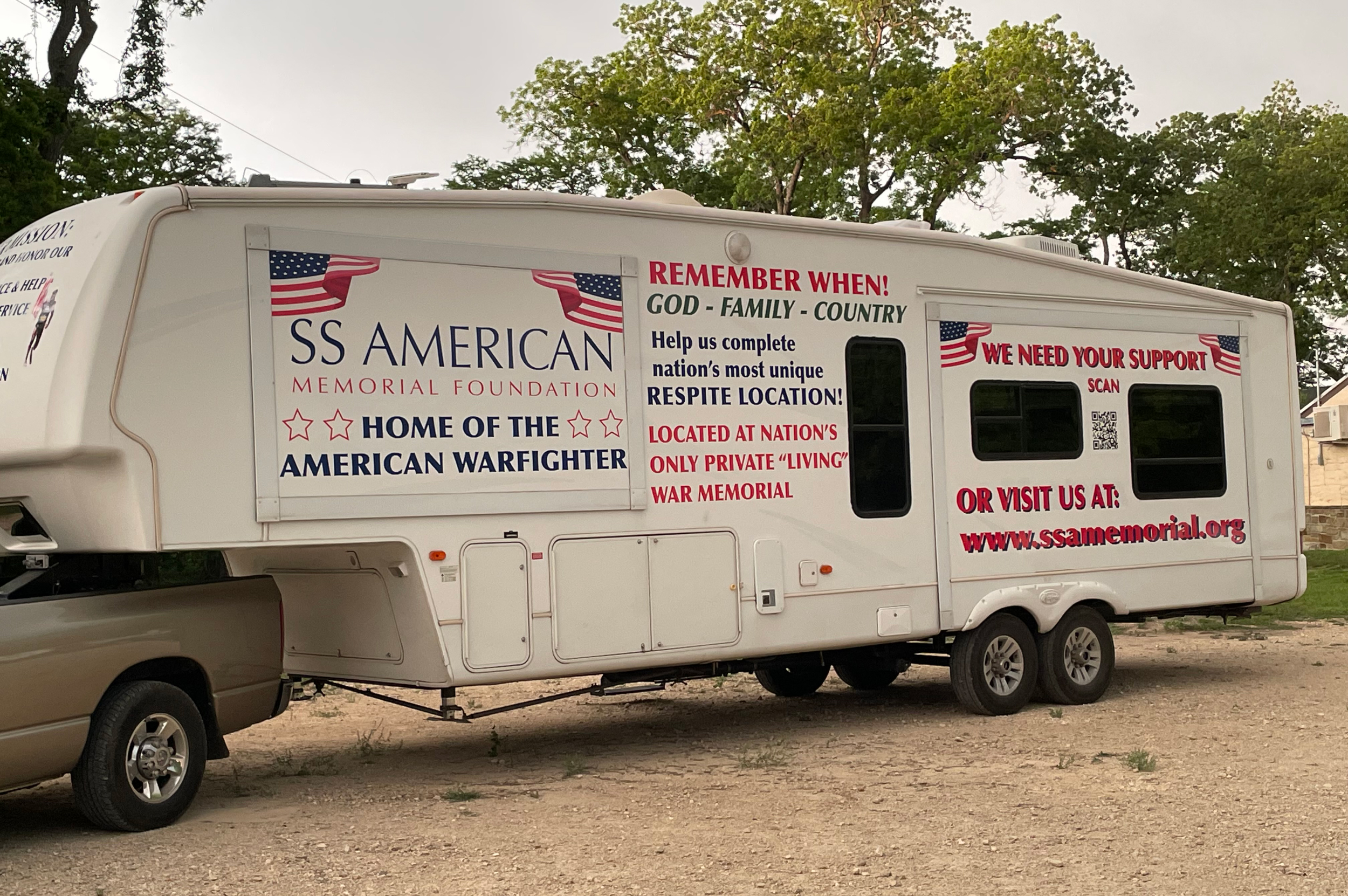
Busting at the Seams
Moving into wide-format from commercial and offset printing was a “natural” transition for Thompson Print Solutions, says company president David Thompson. “Print customers needed signage,” he explains. “We were just doing more and we needed more table room.”

In 2015, Thompson acquired Digital Banners Plus. Moving all existing wide-format equipment into the new division’s separate, 7,000-square-foot facility helped simultaneously grow commercial and digital printing services at the main location, Thompson says. By the end of the pandemic, cost-cutting led to the sale of that facility and the consolidation of wide-format workflows into the same building as Thompson’s mailing services. However, overall growth – from roughly $250,000 in annual revenue to about $1.2 million today – indicates Thompson’s push to diversify has been a wise move. “Any company that needs wide-format needs some type of commercial print as well,” Thompson says.
 In addition to paper-based print, signage, and vinyl banners, areas of focus for Thompson Print Solutions include vehicle wraps, embroidery, promotional direct-to-product printing, and silkscreen services. The company is also considering moving into digital signage.
In addition to paper-based print, signage, and vinyl banners, areas of focus for Thompson Print Solutions include vehicle wraps, embroidery, promotional direct-to-product printing, and silkscreen services. The company is also considering moving into digital signage.
Success is due in part to keeping up with technology. At the time of the acquisition, Thompson says existing wide-format equipment was serviceable, but “too slow.” Now armed with newer models from Canon, Jeti, and HP, the difference in speed is “night and day,” with projects that would previously take an hour requiring only minutes. The company has also invested in CNC routing and die-cutting capability, although it’s really the “personnel who make the company,” Thompson says. “It is all about the quality of the employees. Training is imperative.”
Advertisement
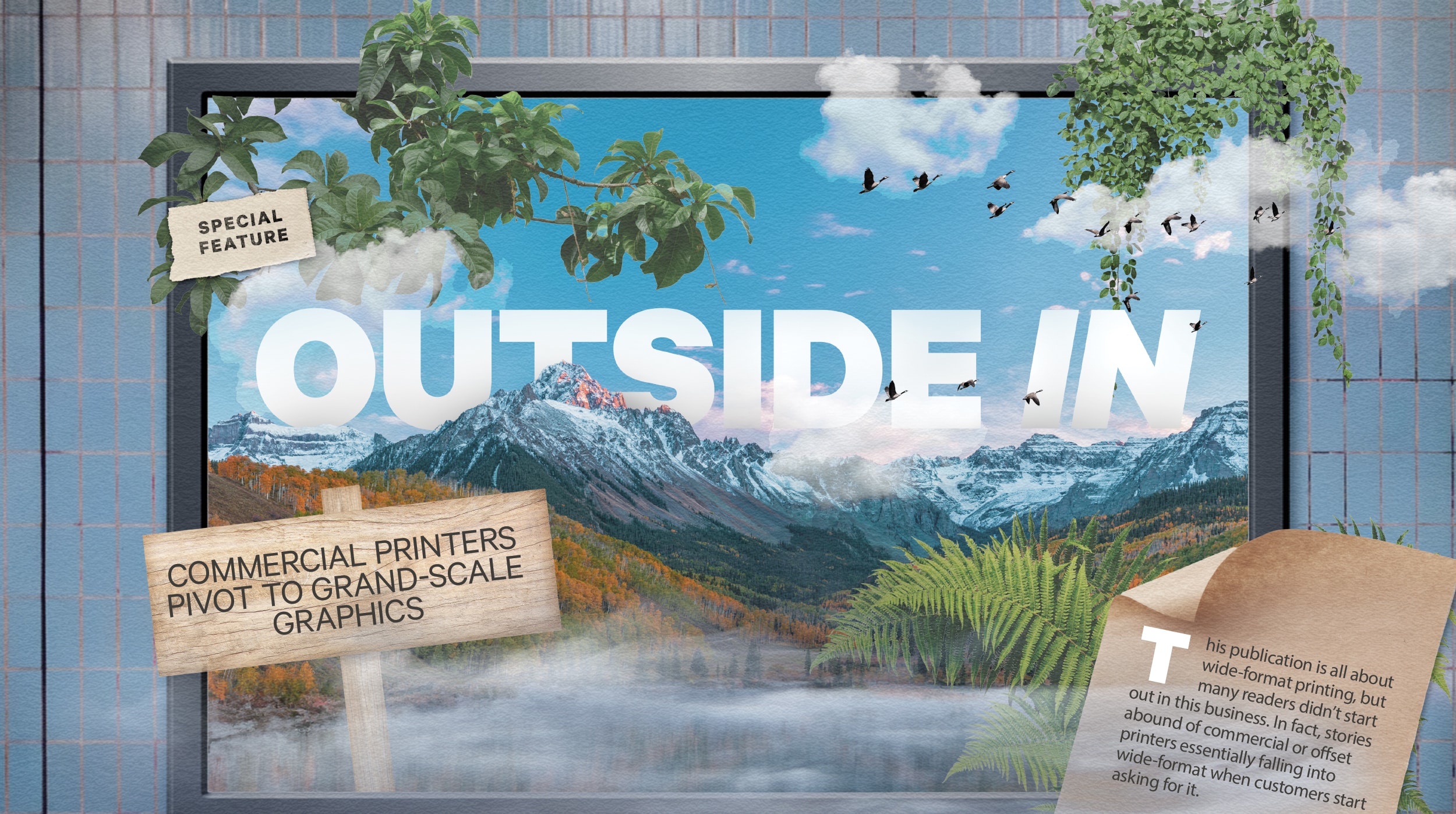

 Best of Wide Format2 months ago
Best of Wide Format2 months ago
 Best of Wide Format2 months ago
Best of Wide Format2 months ago
 Blue Print3 weeks ago
Blue Print3 weeks ago
 Best of Wide Format2 months ago
Best of Wide Format2 months ago
 Best of Wide Format2 months ago
Best of Wide Format2 months ago
 Best of Wide Format2 months ago
Best of Wide Format2 months ago
 Best of Wide Format2 months ago
Best of Wide Format2 months ago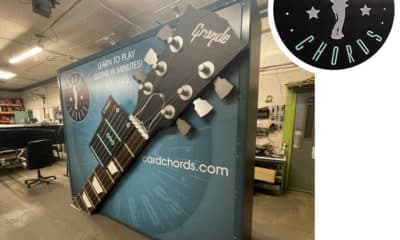
 Best of Wide Format2 months ago
Best of Wide Format2 months ago
 Hesston Prestige Printing’s first wide-format printing machine reportedly remains as busy as ever.
Hesston Prestige Printing’s first wide-format printing machine reportedly remains as busy as ever. Tommy Melendez shows off a printed and contour-cut KISS-themed guitar for a birthday party.
Tommy Melendez shows off a printed and contour-cut KISS-themed guitar for a birthday party. 
 For AlphaGraphics Wood Dale, wide-format cutting came before wide-format printing.
For AlphaGraphics Wood Dale, wide-format cutting came before wide-format printing. 

 In addition to paper-based print, signage, and vinyl banners, areas of focus for Thompson Print Solutions include vehicle wraps, embroidery, promotional direct-to-product printing, and silkscreen services. The company is also considering moving into digital signage.
In addition to paper-based print, signage, and vinyl banners, areas of focus for Thompson Print Solutions include vehicle wraps, embroidery, promotional direct-to-product printing, and silkscreen services. The company is also considering moving into digital signage. 














